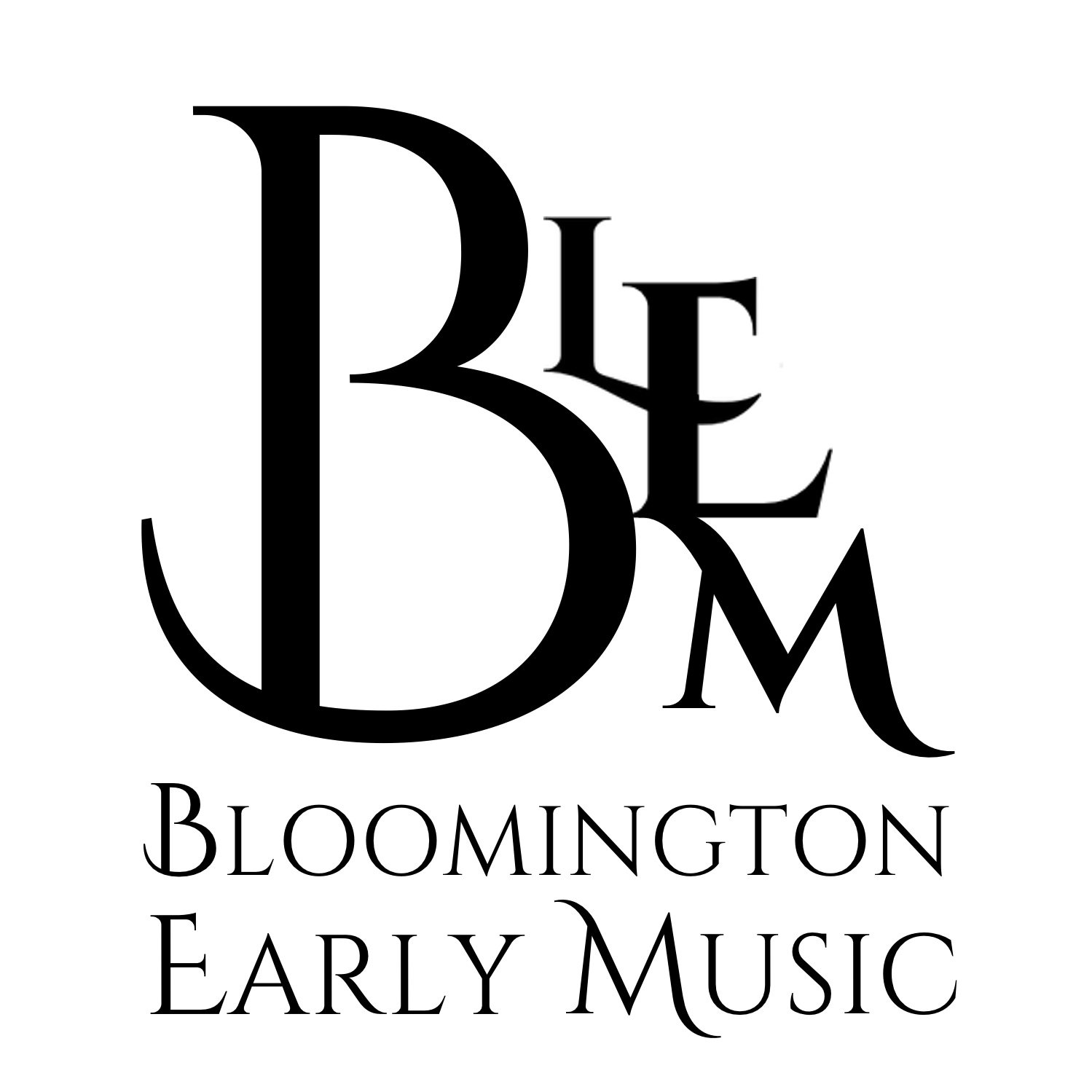THE BEMI PLAYERS - NOTE FROM THE DIRECTOR
The BEMI Players and I are very excited to share what we’ve been working on and learning during this intense week together! We look forward to bringing you into different sound worlds, from Bannister to Bach, with stops throughout time and different national styles, even including Bolivia. You’ll notice that our printed program is flexible: as this is the first time the BEMI players work together in this setting, we left ourselves room for variety and improvisation.
Not all of the music-making we’ve experienced this week will be seen on tonight’s concert stage, for instance: BEMI musicians have experienced gut strings, baroque bows, baroque set-ups (for the cellists, no end pins, for the upper strings, experiencing no shoulder rests or chinrests), and even dancing some of these baroque dances. What you will hear tonight are the players approaching sound with different priorities than what they might be used to in traditional “modern” string playing: such as little or no vibrato, lots of open strings, and perhaps most importantly, approaching the music from a sense of harmonic awareness, beat hierarchy, and a spirit of life and improvisation… all in the service of approaching this music from as close a mindset as we can to that of the original composers and performers. Given that these composers were actively writing for themselves, and much of the performed music held a large element of un-notated improvisation and embellishment, we are thrilled to share this kind of musical freedom and risk-taking that we’ve been experimenting with all week.
All week together we’ve been asking ourselves “why approach music this way?” And perhaps even more important, how is this relevant to today’s musicians and audiences? We hope our performance will convince you this pursuit helps bring the music to life: like learning a poem in a foreign language —if we have an understanding of pronunciation and rhyme scheme, we can appreciate the poetry at a deeper level. Translated to musical sensibilities, by understanding the function of this music, the instruments it was written for, and the types of sounds and embellishments used originally, we find this music comes alive, and helps us share our human expressions across centuries, bringing us together with both our past and our peers.
Thanks for joining us!
Sarah Cranor

